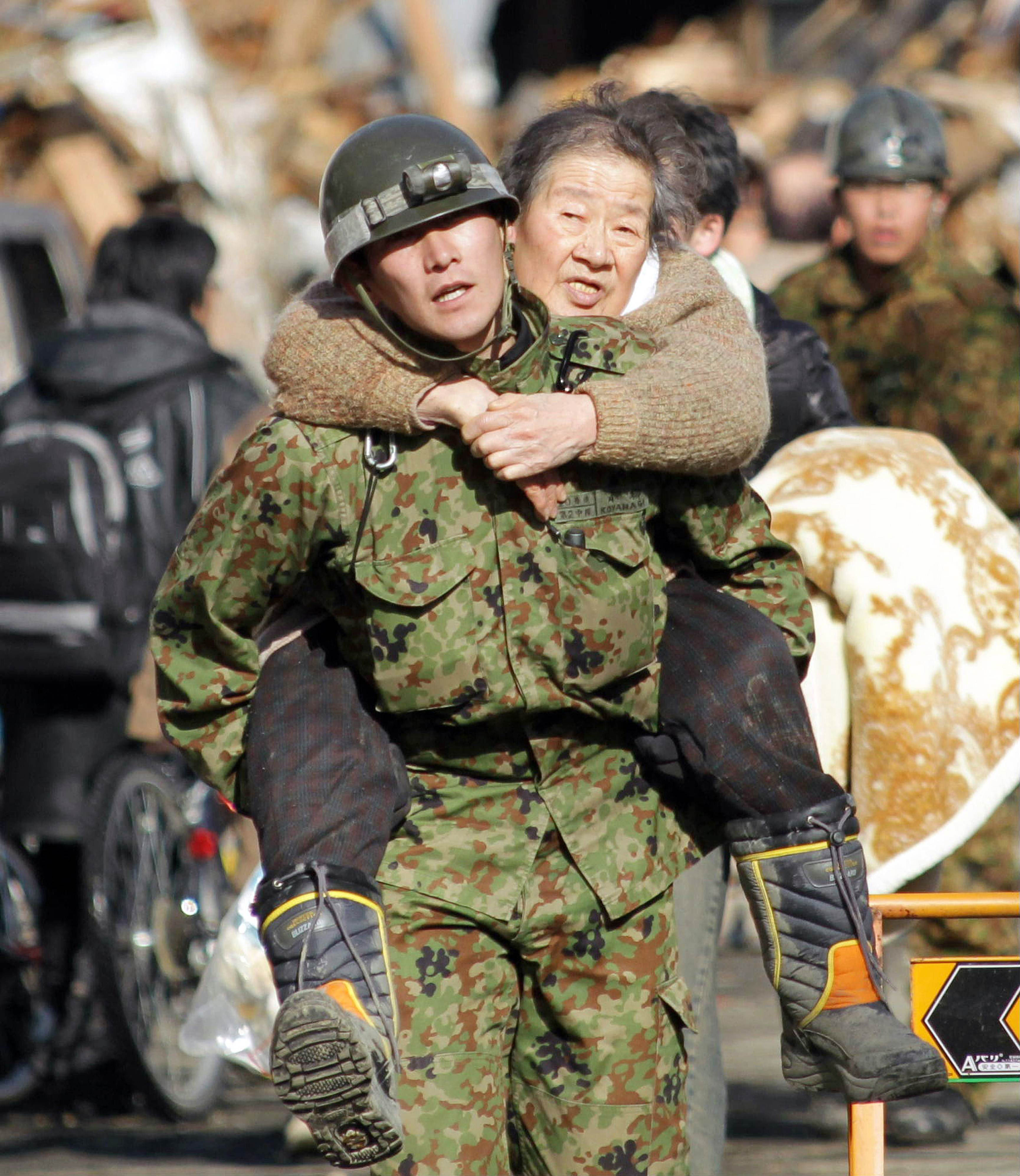As the second anniversary of the Great East Japan Earthquake approached, the media again rallied to pay tribute to the tragedy's victims, whether dead or alive. Many of the latter are still in limbo, unsure of their future since the events of that day wiped out much of their past. The tone of the coverage is bitter rather than hopeful, a function of the media's mission to confront authority with its failures but also a manifestation of its natural predilection for melodrama. Amidst all this finger-pointing and hand-wringing, is it possible to learn anything useful?
Some information technology firms, media organizations and manufacturers combined resources last September for a project called Shinsai Big Data. Shinsai means "earthquake disaster," and the "big data" is the information that was tracked on that fateful day from mobile phones, car navigation systems and social media. The volume was massive, and making sense of all the darting vectors and spinning integers is a daunting task, but experts in various information and infrastructure disciplines has been sifting through it all, not only to understand what happened on the ground that day but also what sort of measures can be implemented to prevent the same scale of suffering when it happens again. And it will happen again.
On March 3, NHK, which is involved in the project, aired a special that attempted to explain its findings so far. The conclusions are mostly speculative, since they are inferred from mathematical formulations. The "most shocking" implication of the car-navigation and mobile-phone data, according to one expert who has been collating them for months, is that many people who died in the tsunami at first moved away from the shoreline, just as they were supposed to do after the quake struck, but subsequently returned. He came to this conclusion by counting how many mobile-phone signals were present at 2:46 pm, when the quake occurred, in those areas that were later inundated, and then how many were present at different points of time when the giant waves arrived on land, depending on the location. Between 2:46 and a little after 3 pm, the number of signals decreased but thereafter started to go up, suggesting two scenarios: people moving away from the shoreline, and then others — or maybe the same people — moving back, presumably to help friends and family escape.

















With your current subscription plan you can comment on stories. However, before writing your first comment, please create a display name in the Profile section of your subscriber account page.